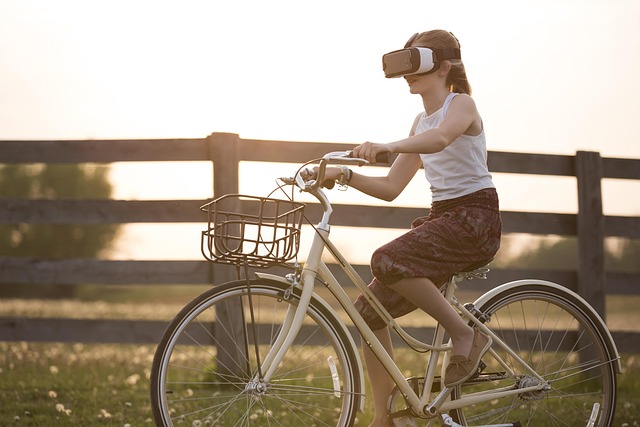As the boundaries between technology and art continue to blur, the realm of virtual dramaturgy emerges as a captivating frontier for immersive storytelling. Within the expansive landscapes of virtual reality (VR) and augmented reality (AR), we find ourselves at the intersection of creativity and innovation, exploring narratives that transcend traditional forms. The metaverse, an ever-evolving digital landscape, becomes a canvas for storytellers to paint their visions in ways previously unimagined.
Imagine stepping into an environment where you are not merely an audience member but an active participant in the narrative. In this world, stories unfold around you, immersing you in a 360-degree experience that heightens emotional engagement. This is the potential of virtual dramaturgy, where the lines between actor and spectator dissolve, allowing for a collaborative dialogue between narrative and participant. The first time you don a VR headset, you are greeted not just with visuals but with the tactile sense of tapping into an alternate reality. Such an experience has the power to reshape our understanding of story as a fluid entity—an interactive journey that invites us to explore, question, and contribute to the unfolding drama.
In augmented reality, we also see the seeds of virtual dramaturgy taking root. Here, the digital layers intertwine seamlessly with our physical environment. Through mobile devices or AR glasses, we can overlay digital characters and worlds onto our familiar surroundings. This innovation invites playwrights and storytellers to create narratives that blend with everyday life, offering a richer context for emotional and thematic resonance. Imagine walking down your street, suddenly encountering a character from a story you hold dear, interacting with them and feeling the essence of their narrative blend with your own reality.
The metaversum presents a unique opportunity to fuse these technologies into a cohesive and compelling storytelling experience. Multiple platforms are emerging, each offering distinct tools and environments for narrators. These spaces allow for unparalleled audience engagement—where shared experiences can happen in real-time, regardless of geographical boundaries. Creators can design branching narratives that respond to user choices, crafting a non-linear storytelling model that resonates more with our modern consumption of media.
The challenge for artists lies in navigating the intricacies of this new form of expression. How do we maintain the essence of storytelling while embracing the active participation that virtual dramaturgy demands? This requires creators to be innovative not only in crafting narratives but also in understanding the technology. They must balance the narrative threads with user agency, ensuring that participants remain emotionally connected while exploring myriad possible outcomes. The challenge excites, as it pushes the boundaries of creativity and encourages us to rethink what storytelling can be.
As we continue to explore the realms of virtual dramaturgy, we realize that immersive storytelling is not simply about technology; it is about the emotional connections we forge and the experiences we share. Whether we find ourselves wandering through an elaborate virtual landscape or engaging with holographic characters in our living rooms, the essence of storytelling lives on, prompting reflection, empathy, and collaboration in ways we’ve never experienced before. The metaverse is not just a playground for technology; it is a burgeoning stage for profound human experience, propelling storytelling into a new, exhilarating era of possibility.



